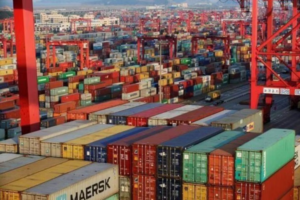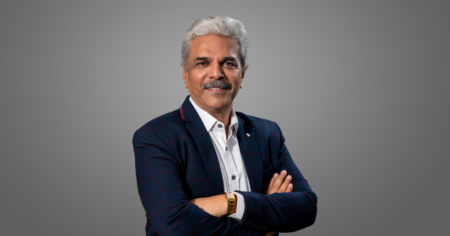As India’s air cargo industry evolves, global leaders share how collaboration, technology, and adaptability are shaping resilient, efficient, and sustainable supply chains in the face of rising demand and shifting trade dynamics.

Building bridges across the ecosystem
Glyn Hughes, Director General, TIACA, opens the conversation with a clear-eyed view of the industry’s growing complexity. “Today’s air cargo industry is more complex than ever before, but equally it is more important than ever before,” he says, pointing to the surge in time- and temperature-sensitive cargo moving across global networks.
To meet these demands, Hughes emphasises the need for tighter collaboration between airports, airlines, and shippers. “Supply chain partners must integrate data networks to share real-time information,” he explains. Airport community systems are emerging as vital tools to optimise operations, but challenges persist due to fragmented industry standards. The message is clear: harmonisation and digital integration are no longer optional, they’re essential.
Driving sustainability and digital change
On the sustainability and digital transformation front, Hughes highlights the diverse roles played by global associations. “IATA is leading on the digitalisation front with its ONE Record program, FIATA is developing multi-modal standards, and TIACA is focused on sustainability,” he shares. TIACA’s BlueSky assessment program offers personalised dashboards to help companies track and improve their sustainability metrics.
Closer to home, Indian associations like ACFI and ACAAI are actively engaging with the government to remove bottlenecks and propose practical solutions. Their advocacy is helping shape a more responsive and future-ready cargo ecosystem..
Navigating tariff turbulence
With the recent 50% U.S. tariff hike on Indian imports, Hughes acknowledges the strain on global supply chains. “Associations have a role to play in smoothing out the subsequent shocks,” he says. TIACA has been in dialogue with the U.S. administration, advocating for workable policies that balance intent with industry feasibility. Flexibility in international operations, Hughes notes, is key to enabling agile shifts in capacity as manufacturers explore new production hubs.
Balancing cargo with precision

Ashwin Bhat, CEO, Lufthansa Cargo, brings a frontline perspective to capacity planning. “We plan our capacity dynamically across our global network of more than 300 destinations,” he says. With a mix of dedicated freighters and belly capacity, Lufthansa adapts swiftly to market needs. Specialised handling for perishables, pharma, and high-value cargo is supported by CEIV Pharma certification and dedicated cool chain infrastructure.
“Our goal is to transport each product group under optimal conditions; reliably, safely, and on time,” Bhat affirms, of precision and responsiveness in cargo operations.
Tackling regulatory complexity
On the regulatory front, Bhat points to the challenge of navigating diverse and evolving frameworks. “The main challenge lies in the heterogeneity and continuous evolution of these regulations,” he explains. Lufthansa Cargo addresses this through close cooperation with global authorities and investments in digital tools that automate documentation and ensure compliance.
“Our global quality and compliance management systems help us stay aligned with the latest requirements while maintaining operational efficiency,” he adds.
Staying agile amid trade shifts
When it comes to the impact of U.S. tariffs, Bhat takes a pragmatic stance. “While tariff decisions are made at the political level, we focus on maintaining reliable global supply chains,” he says. Lufthansa continuously reviews its network and capacity to accommodate shifts in trade flows, offering flexible solutions such as alternative routings and optimised scheduling.
“In line with our purpose of ‘Enabling Global Business,’ we remain committed to connecting economies and ensuring goods reach their destinations efficiently, even in a more volatile trade environment,” Bhat concludes.











